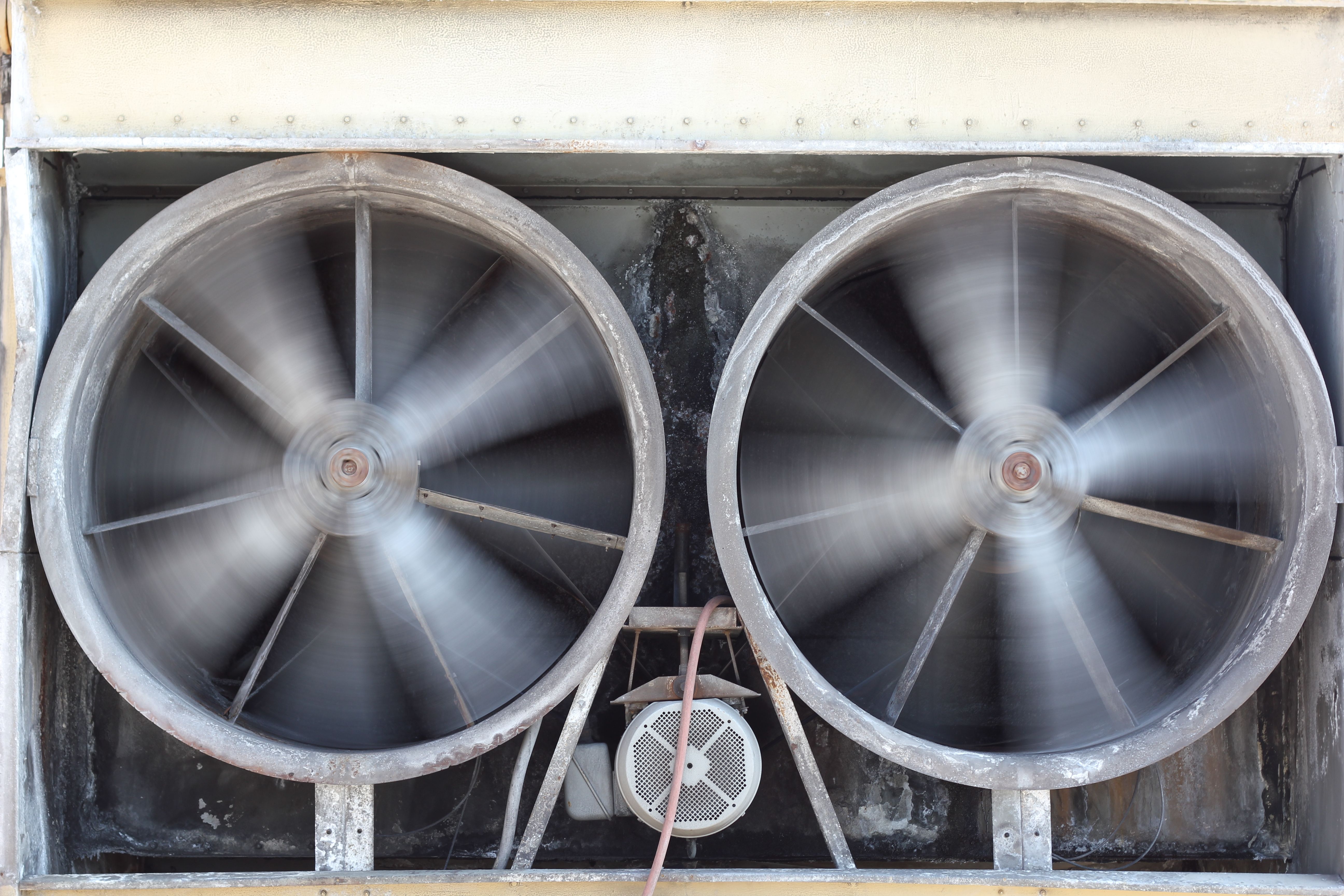5 Ways to Make Your HVAC System More Eco-Friendly

Many homeowners dread opening up their energy bills during the warmest and coolest months of the year. Throughout the country, HVAC systems account for about 48 percent of all residential energy consumption. If you would like to reduce your energy bills, then here is a closer look at some ways you can make your HVAC system as eco-friendly as possible.
Upgrade to a Programmable Thermostat
Very few people realize just how much of an impact that a thermostat has on an HVAC system. Not only are many older thermostats inaccurate, but there is no way to turn the system off once you are out of the home. A programmable thermostat will allow you to turn the system on just before you get home instead of letting it run all day.
Clean the Outdoor Coils
Most HVAC systems have an outdoor condenser unit that draws in air. Along the outside of these units are coils that cool the air down before it is blown into the ducts. Cleaning the coils once every few weeks is another simple way to improve the efficiency of the system without spending any money. Homeowners should also trim foliage back at least a few feet so that debris doesn’t get caught in the coils or fans.
Regularly Change Your Filters
HVAC filters remove dust, dander, and other outdoor toxins from the air before your family breathes them in. Depending on where you live and how often you use the HVAC system, you might need to change the filters as often as once every few weeks. Clogged air filters create an immense amount of pressure in the ducts, and your system must work much harder to keep pushing air through the vents. Even high-quality filters need to be changed once every 80 or 90 days. If you need help with this step, contact a company like Doctor Fix-It.
Add More Insulation
Quite a bit of energy will be wasted trying to keep your home at a comfortable temperature if it isn’t properly insulated. The insulation in your crawlspaces and attic should be inspected at least a few times a year to make sure that it isn’t flattened or torn. You also need to check the caulking around your doors and windows for any signs of damage. Adding a little bit of extra insulation and caulking could end up saving your hundreds every year.
Don’t Block the Vents
Many families make the mistake of closing vents or blocking them with furniture, and that can be very bad for an HVAC system. Much like a clogged filter, a closed vent will create more pressure within the ducts and force the system to work much harder. Even if a room is unoccupied, the vents should still be kept completely open. Anything that increases pressure in your ducts is bad for your heater and air conditioner.
No matter how well you care for your HVAC system, there will come a point when it needs to be replaced entirely. On average, modern heaters and furnaces should be replaced once every 12 or 15 years. Homeowners who wait too long to replace their HVAC systems are almost always going to be stuck dealing with huge bills and expensive repairs down the road.

0 Comments
Recommended Comments
There are no comments to display.